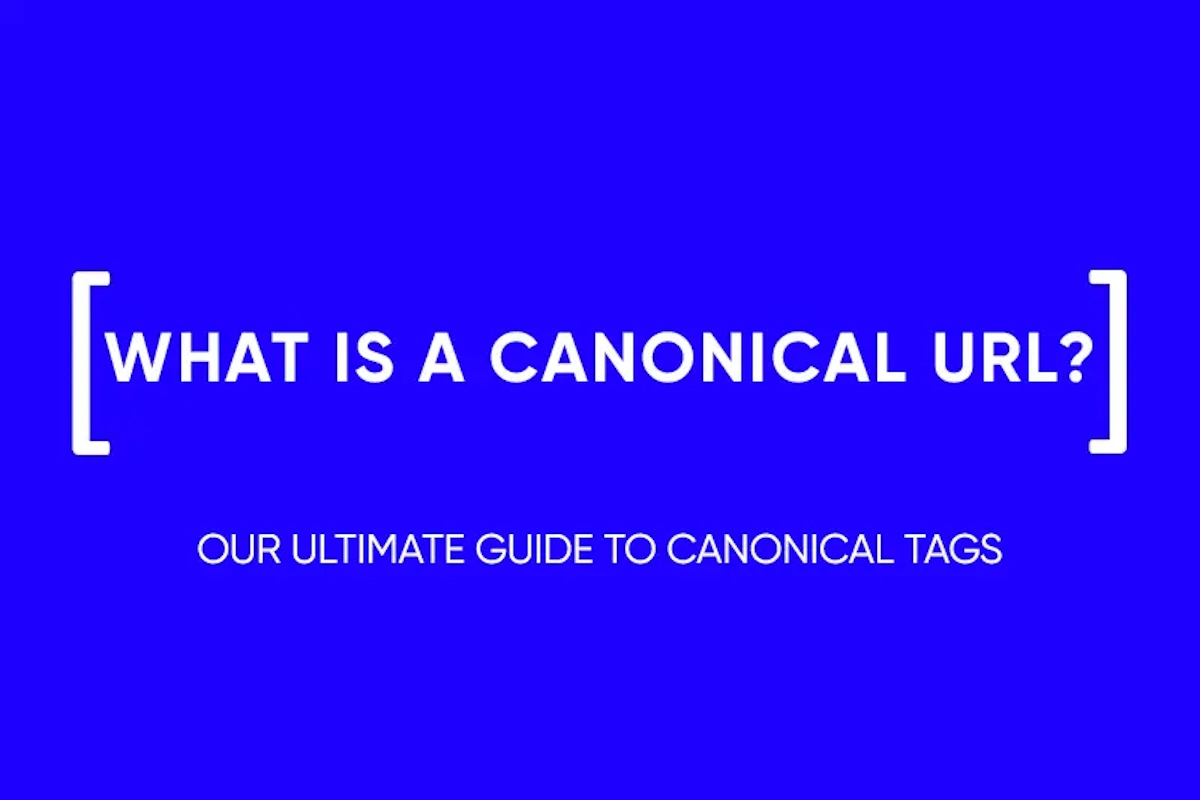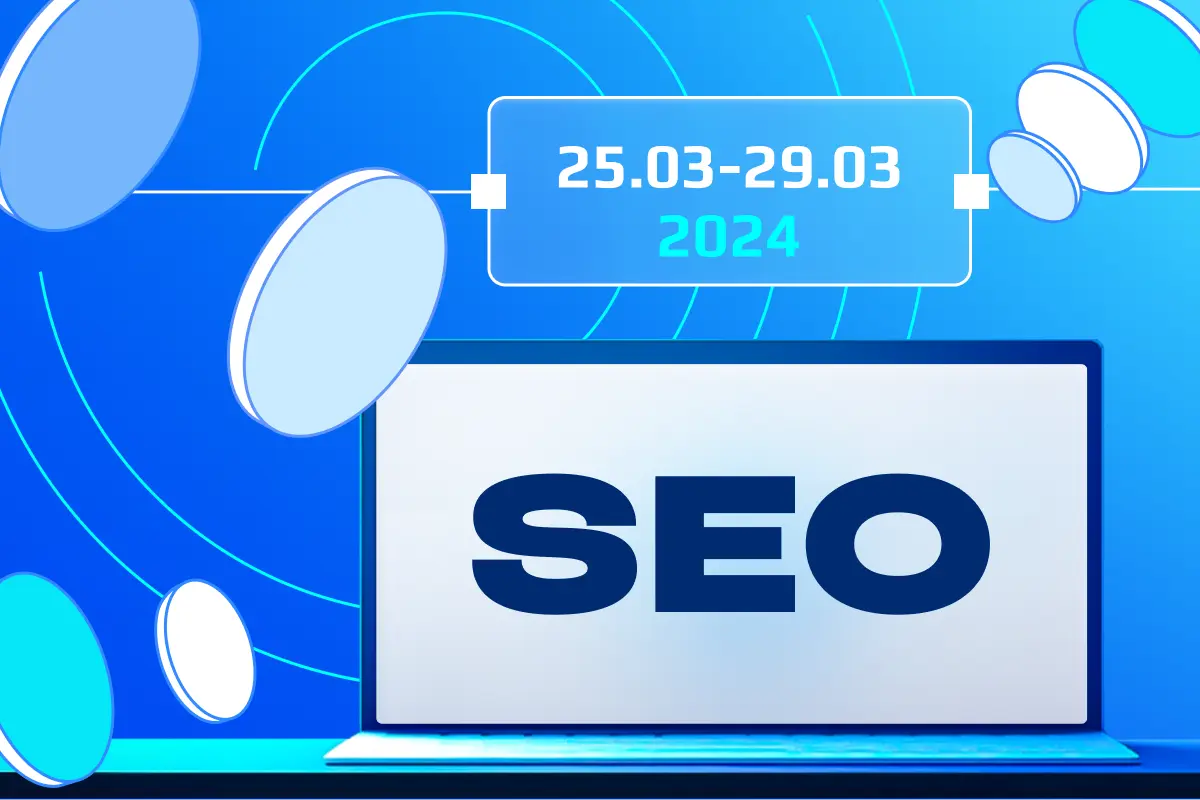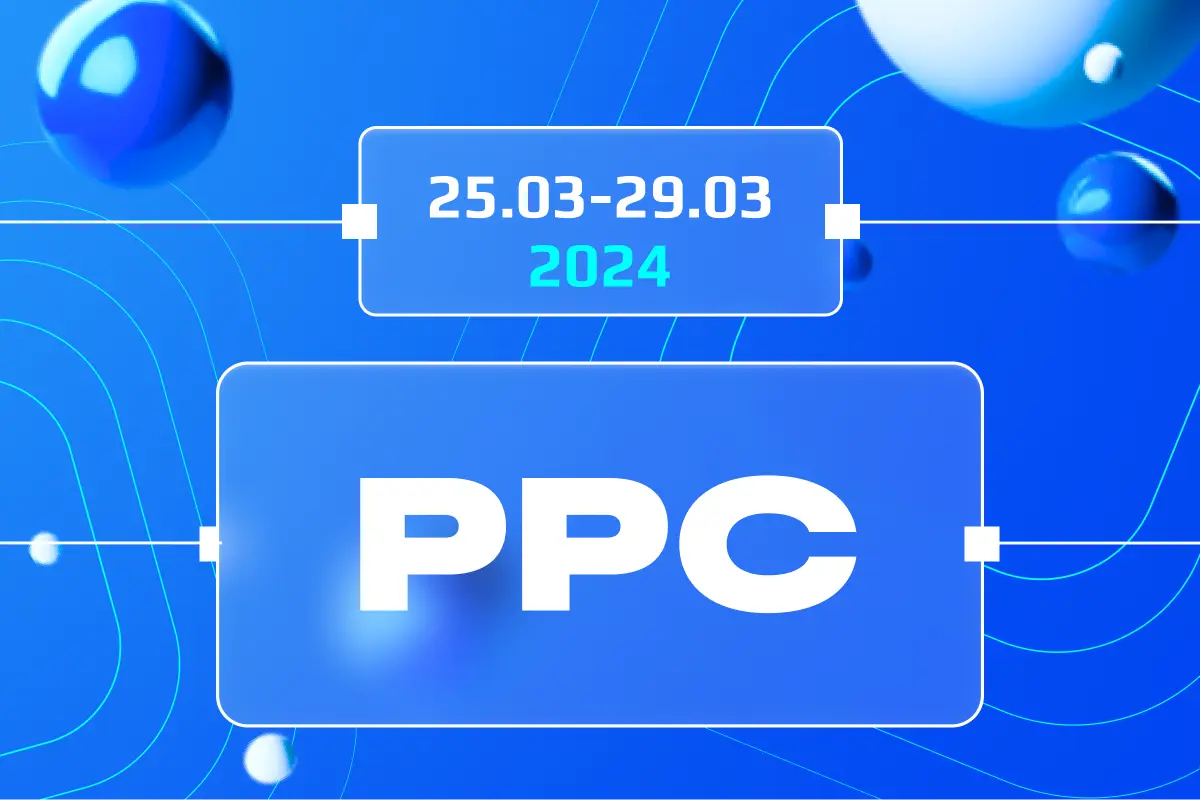Remarketing: Definition, Benefits, Strategies To Use It
What is Remarketing?
Remarketing is a dynamic and targeted marketing strategy that enables businesses to show ads to users who have previously visited their website or used their mobile app. The essence of this strategy lies in keeping your brand visible to bounced traffic after they leave your site. It’s a method to remind those audiences about your products or services, encouraging them to revisit and complete a purchase or desired action. At its core, the definition of remarketing hinges on re-engaging potential customers with personalized content and tailored advertising campaigns.
When we delve into the remarketing process, we observe a cycle that begins the moment a visitor leaves your site without converting. By leveraging cookies, marketers have the opportunity to display relevant ads to these visitors as they browse other parts of the web or search on platforms like Google. This process serves as a persistent reminder and often improves the chances of conversion, thus playing a crucial role in the optimization of marketing efforts.
Remarketing vs Retargeting
While often used interchangeably, remarketing and retargeting do carry nuanced differences. Remarketing generally refers to the process of re-engaging customers through emails that contain promotional content, while retargeting is more focused on serving ads to previous site visitors as they explore other sections of the internet. Despite these differences, both aim to reach individuals who have shown an interest in a product or service but have not yet completed a transaction.
A word about behavioral retargeting
Behavioral retargeting is a subset of retargeting that involves displaying ads to users based on their previous online behavior. This could include the specific pages they visited on your site, the products they showed interest in, or even their search engine queries. This data-driven approach ensures that the ads are highly relevant and, thus, more likely to engage the user.
Example of remarketing
Imagine a user visiting an online bookstore but leaving without making a purchase. Later, as they browse a news website, they see an ad for the same bookstore highlighting a discount on the very books they viewed. This is remarketing at work — a strategic prompt designed to draw the user back to the bookstore’s website to complete the purchase.
How Remarketing Works?

Remarketing operates through a blend of technology and strategy. It relies heavily on cookies — small data files stored on a user’s browser when they visit a website. These cookies track the site visit and communicate with remarketing platforms to initiate the ad serving process.
What are remarketing pixel tags?
A remarketing pixel tag is a tiny, often invisible, piece of JavaScript code that is placed on a website or within an email. When a user visits a site with a pixel tag, this tag leaves a cookie in the user’s browser. This cookie informs remarketing platforms to serve specific ads based on the pages the user visited on your site. These pixel tags are fundamental to the functionality of a remarketing campaign, allowing advertisers to target users with precision and relevance.
What is a remarketing list?
A remarketing list is a collection of cookies from users who have visited your website. These lists are used to send targeted advertisements to potential customers based on their past online behavior. For instance, one list might include users who visited a product page but did not make a purchase, while another list could target users who added items to their shopping cart but abandoned it. These segmented lists allow for more tailored and effective marketing campaigns, thereby elevating the probability of converting a past visitor into a customer.
Benefits of Remarketing
Remarketing offers an array of benefits that can significantly impact a business’s online marketing strategies. By targeting users who have previously shown interest in your website or products, remarketing can efficiently reinforce your marketing messages. Below are some of the primary advantages of implementing a remarketing strategy.
1. Increased outreach
Remarketing extends the reach of your advertising efforts. It allows you to stay connected with your target audience even after they’ve left your site. Every time potential customers see your retargeting ads, your brand gains more recognition, increasing the likelihood that they’ll return to your site. This continuous exposure helps keep your brand at the forefront of the consumer’s mind, widening your outreach beyond initial interactions.
2. Improved targeting
One of the most significant advantages of remarketing is the ability to deliver highly targeted ads. Since the audience has already visited your website, you can use the data about their behavior to tailor your messaging. Whether it’s a product they viewed, a service they researched, or an article they read, remarketing allows you to show relevant ads that match their interests and past interactions, making your marketing efforts more impactful.
3. Cost efficiency
Remarketing campaigns can be more cost-effective compared to traditional advertising methods. Since you’re targeting users who have already expressed an interest in your brand, the conversion rates are generally higher. This means that for the same advertising spend, you could potentially see a higher return on investment. Furthermore, many remarketing platforms offer cost-per-click (CPC) or cost-per-impression (CPM) payment models, which allows for better control over advertising budgets.
4. Brand visibility and awareness
Continuous exposure to your brand through remarketing campaigns can increase brand awareness and visibility. By consistently showing your ads to previous visitors as they browse the web, you ensure that your brand stays visible. This can be especially beneficial for new or smaller brands trying to establish themselves in a competitive market. Over time, increased visibility can lead to greater brand recognition and loyalty.
5. Improved conversion rates
Remarketing significantly boosts conversion rates by retargeting individuals who have already shown a strong interest in your products or services. By focusing on this pre-qualified audience, you’re not casting a wide net but rather honing in on leads that are more likely to convert. Additionally, by personalizing the ad content based on user behavior, you can address the specific needs and desires of potential customers, thereby increasing the chances that they’ll complete a purchase or another desired action.
Best Remarketing Strategies
Effective remarketing is not just about reaching out to past visitors; it’s about re-engaging them in a way that is meaningful and tailored to their experience with your brand. Here are some of the best strategies to make your remarketing efforts more successful.
1. Let the sales funnel be your guide.
To optimize your remarketing campaigns, align your ads with the different stages of your sales funnel. Create different lists for users based on their interaction with your site—such as those who visited a product page versus those who abandoned a cart—and tailor your messages accordingly. This approach ensures that the ads are relevant to where the user is in the buying process, which can lead to higher engagement and conversion rates.
2. Create remarketing lists for email.
If you have a list of email addresses from customers or those who have signed up to receive communications from you, you can use these for remarketing. Many platforms allow you to upload these lists and target ads specifically to these individuals, reinforcing the messages they receive in their inboxes with the visual appeal of ads across other platforms and websites.
3. Craft segmented lead gen content.
Segment your leads by their interests or previous actions and craft content that caters to these specifics. By creating different pieces of content designed to appeal to different segments, you can more effectively target your remarketing ads to each group. This strategy can involve crafting blog posts, videos, or downloadable content that addresses the unique concerns and interests of each segment.
4. Create personalized landing pages.
When users click on your remarketing ads, send them to a landing page that continues the personalized experience. Instead of directing them back to a generic page, use the information you have about their behavior to create a landing page that speaks directly to their interests, which can dramatically increase the likelihood of conversion.
5. Deliver a top-notch, post-purchase experience.
Remarketing isn’t just for converting potential customers; it’s also about building loyalty among existing ones. Implement post-purchase remarketing strategies to thank customers, ask for feedback, or promote products that complement their purchase. This kind of attention to detail can improve customer retention and increase lifetime value.
Best Remarketing Tools

Several tools can enhance your remarketing efforts, making it easier to target and convert past visitors. Google Ads provides robust remarketing options, including display and search ads. Facebook’s Custom Audiences feature allows you to remarket to past website visitors on Facebook and Instagram. Moreover, platforms like AdRoll and Criteo offer cross-platform retargeting capabilities, allowing you to reach users across multiple websites and devices.
How Much Does Google Remarketing Cost?
The cost of Google remarketing varies based on multiple factors, including the competitiveness of your keywords, the quality score of your ads, and your bidding strategy. Remarketing on Google operates on a cost-per-click (CPC) basis, meaning you only pay when someone clicks on your ad. The price for each click can range from a few cents to several dollars. It’s essential to set a daily budget and monitor the performance of your campaigns to ensure that you are getting a good return on investment. With its bidding options, Google remarketing can be adjusted to meet the budgetary constraints of small businesses while still offering the broad reach and powerful targeting options that large companies need.
and stay up-to-date with the latest news about our platform and affiliate marketing.




